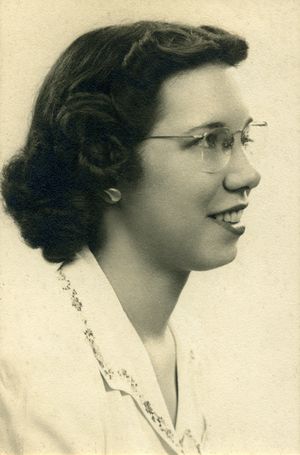TL;DR -- As the computer gets more power, attention, credit, and misuse, there will be a continual need for good information (whose veracity and provenance can be established) plus some historical framework with which to guide judgmental requirements. This post looks at early computer work and women who were involved. Several sites are referenced which are exemplary in their effort at telling the tales.
--
The recent issue of IEEE's Spectrum had an article about early compiler work done by Grace Hopper. We had an earlier post about Hopper's computing work (von Neumann; Hopper) in which we looked at the issues involved with programming the computer. In earlier days, this activity was done in what is considered machine language which is highly detailed due to the need to focus on specifics of getting the input in to the computer, getting it to do something, and then return results. Progress over the years involved stepping back from the machine level and trying to control the computer with higher-order languages.
The Spectrum article was titled "From punch cards to Python" and featured one of the early compilers that Hopper worked on. There were other methods used before punch cards, but we can defer looking at that. Also, algorithms were the main theme from the beginning. The women were involved with early development such as a sort method that Hopper picked up for her algorithm. Before looking at other women (Betty Holberton -- more below) who worked with Hopper, let's follow one of the links that was in the Spectrum article.
It is at the Hidden Heroes site with the title of Grandma COBOL: How Grace Hopper made computers more human. COBOL was an early language which was used for business computing and is still in use. Python is a modern language that has found use in machine learning. Over the intermediate decades, there were many other languages created.
Machine learning? It has been a hot topic for two years now and has been mentioned in many of our posts as we discuss technology. A recent trend deals with having a machine "co-pilot" development of a program which can be used to represent what AI might bring to the table and serve as a foil for discussion of things that relate to progress and people. Again, we defer that topic as it will be an ongoing one since there are no simple answers.Now, we will look at another link that was in the Spectrum article. The title of the article was "The Women behind Eniac" which provides information about Betty Holberton who was in the group at UPenn who were doing mathematical calculations for the Army.
That brings us to the last topic which is a comment about the work at the Engineering and Technology History Wiki which is a good example of positive contributions via the internet and has been in operation since the aughts (2008 or so).
Note: John has a special interest as he worked on two projects with Sperry Univac. The first dealt with wafer-scale integration, in the early 1980s. The second set the basis for continuing work until the present time: Knowledge Systems Center. Expect more posts on the ladies and these themes related to technology.
Remarks: Modified: 03/31/2025
03/31/2025 -- The IEEE article mentions earlier work that influenced Hopper's decisions. This is a common mode of operation that needs attention in the modern world of hype.

No comments:
Post a Comment